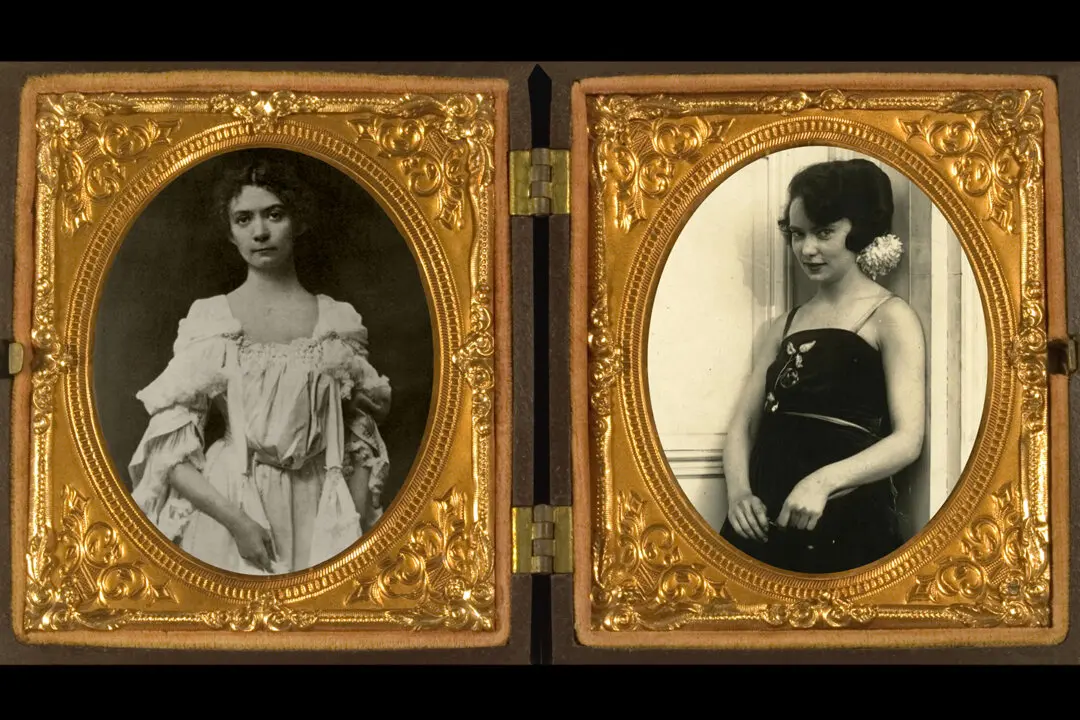Travel down I-81 through the Shenandoah Valley, and you’ll find this corridor jam-packed with attractions: numerous caverns, a museum featuring reconstructed European houses intended to demonstrate their influence on American architecture, Cyrus McCormick’s farm, a warehouse filled with gaudy floats from inauguration parades, and much more. You’ll also pass through rolling hills and farmlands—the valley remains a place of agrarian beauty—and towns like Staunton, Luray, Bridgewater, and Lexington that boast historic Main Streets and lovely old homes.
In 1860, these towns were much smaller, and most of the valley’s rich land was given over to farming. An abundance of crops helped support these farmers, fed their hogs and cattle, and provided them with whiskey and beer. They were Scots-Irish, English, and German for the most part—thrifty, hardworking folks who built churches and schools along with colleges like Lexington’s Washington College, later renamed Washington and Lee University after Robert E. Lee served as college president, and the Virginia Military Institute. It was a place of peace and prosperity.






